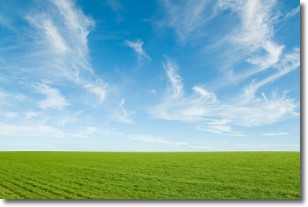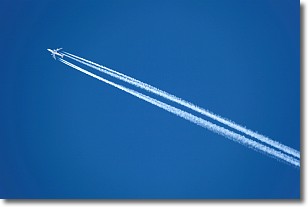Weather Alert in Illinois
Hydrologic Outlook issued April 4 at 11:56AM CDT by NWS Chicago IL
AREAS AFFECTED: Cook, IL; Ford, IL; Grundy, IL; Iroquois, IL; Kankakee, IL; La Salle, IL; Livingston, IL; Will, IL; Benton, IN; Jasper, IN; Lake, IN; Newton, IN; Porter, IN
DESCRIPTION: ESFLOT A period of soaking rainfall is expected this afternoon and tonight across the Mississippi River Valley. A sharp gradient in rainfall totals is expected along the north edge of this swath of rainfall, with amounts generally increasing from northwest to southeast. While the highest probability of flood-producing rainfall appears to be just to the south of our forecast area in east central Illinois and west central Indiana, flooding remains possible in the Kankakee River Basin downstream to the Illinois River valley. Recent rainfall has led to saturated soils and elevated river levels, especially along and southeast of Interstate 55. As a result, rainfall in excess of 1 inch may lead to localized flooding of yards, fields, creeks, ditches, and other poor drainage areas. Rainfall exceeding 2 inches may lead to more widespread flooding of rivers and streams. The chance for rainfall exceeding 1 inch is around 30 percent or lower along and to the northwest of I-55, from near Pontiac, IL, to near Gary, IN. The chance for rainfall exceeding 1 inch is around 70 percent or higher southeast of a line from Paxton, IL to Remington, IN, and the chance for rainfall exceeding 2 inches is around 10 to 20 percent in this area. River forecasts issued this morning are based upon the most likely forecasted rainfall through Sunday morning. Based upon these forecasts, multiple rivers along the Kankakee, Iroquois, and Illinois rivers may see rises to near flood stage and several days of elevated water levels. If rainfall over the next two days ends up significantly higher or lower than currently forecasted, river levels will also deviate from forecasts accordingly. Due to the sensitivity of waterways in the Kankakee River Basin to heavy rainfall due to elevated soil moisture, relatively small adjustments to the location of heavy rainfall bands may cause significant changes to the eventual river crests. This outlook means that elevated water levels and potential impacts are possible, but not yet certain. Persons with interests along area waterways should continue to monitor the latest forecast updates. This outlook is scheduled to be updated by this evening.
INSTRUCTION: N/A
Want more detail? Get the Complete 7 Day and Night Detailed Forecast!
Current U.S. National Radar--Current
The Current National Weather Radar is shown below with a UTC Time (subtract 5 hours from UTC to get Eastern Time).

National Weather Forecast--Current
The Current National Weather Forecast and National Weather Map are shown below.

National Weather Forecast for Tomorrow
Tomorrow National Weather Forecast and Tomorrow National Weather Map are show below.

North America Water Vapor (Moisture)
This map shows recent moisture content over North America. Bright and colored areas show high moisture (ie, clouds); brown indicates very little moisture present; black indicates no moisture.

Weather Topic: What are Cirrus Clouds?
Home - Education - Cloud Types - Cirrus Clouds
 Next Topic: Condensation
Next Topic: Condensation
Cirrus clouds are high-level clouds that occur above 20,000 feet
and are composed mainly of ice crystals.
They are thin and wispy in appearance.
What do they indicate?
They are often the first sign of an approaching storm.
Next Topic: Condensation
Weather Topic: What are Contrails?
Home - Education - Cloud Types - Contrails
 Next Topic: Cumulonimbus Clouds
Next Topic: Cumulonimbus Clouds
A contrail is an artificial cloud, created by the passing of an
aircraft.
Contrails form because water vapor in the exhaust of aircraft engines is suspended
in the air under certain temperatures and humidity conditions. These contrails
are called exhaust contrails.
Another type of contrail can form due to a temporary reduction in air pressure
moving over the plane's surface, causing condensation.
These are called aerodynamic contrails.
When you can see your breath on a cold day, it is also because of condensation.
The reason contrails last longer than the condensation from your breath is
because the water in contrails freezes into ice particles.
Next Topic: Cumulonimbus Clouds
Current conditions powered by WeatherAPI.com




